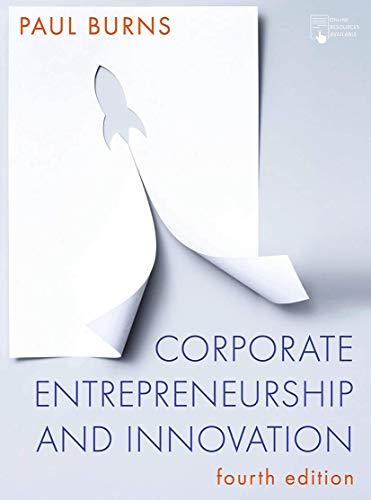Can any company imitate Alphabets approach to organizing innovation, or is this model heavily based upon technological
Question:
Can any company imitate Alphabet’s approach to organizing innovation, or is this model heavily based upon technological innovation?
Case insight 5.4 (Alphabet 1) explained how Alphabet had become the holding company for Google and other subsidiaries: Calico, Chronicle, Dandelion, DeepMind, GV, CapitalG, Google Fiber, Jigsaw, Sidewalk Labs, Verily, Waymo and X Development. Located on the edge of the Google campus in Mountain View California, X Development (formerly Google X) is where new ideas are identifi ed and new products developed. It is focused on making actual objects that interact with the real world and have commercial value and it prides itself on being able to build the bridge between idea and proven concept. X is a secretive organization. However, among the projects that have graduated out of X to become subsidiaries of Alphabet are Google Glass, driverless cars (project Waymo), high-altitude Wi-Fi balloons (project Loon) and glucose-monitoring contact lenses (project Verily, which includes other life science projects).
X was originally set up in 2010 to build a driverless car, but its aim is now broader – to fi nd and develop other major revenue streams to the highly successful Google search engine, which fi nances its current activities.
Alphabet has unimaginable resources of money and talent, and it is bringing them to focus on the opportunities brought about by the coalescing of networks, computing power and AI – areas where it has skills, competences and market presence. Because of this, unlike many companies that fund only research with a short-term payback, most of X’s projects are medium- to long-term in nature. Most projects originate inside Google, but it does buy-in some ideas – for example, a current project called Makani that produces wind energy using kites was purchased in 2013.
Step by Step Answer:






